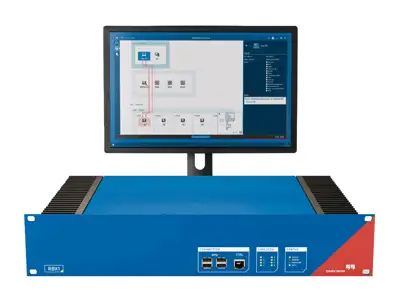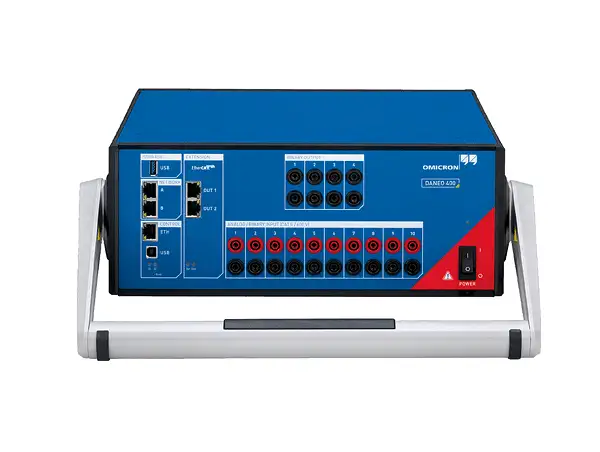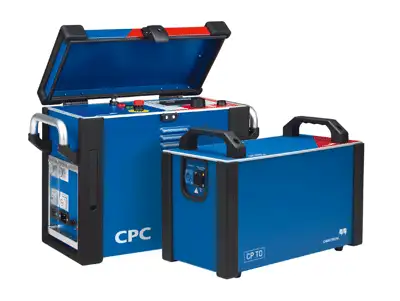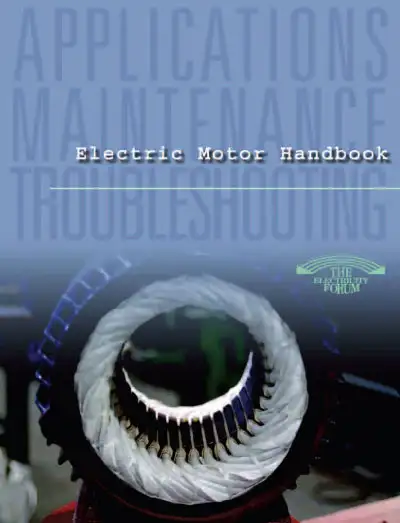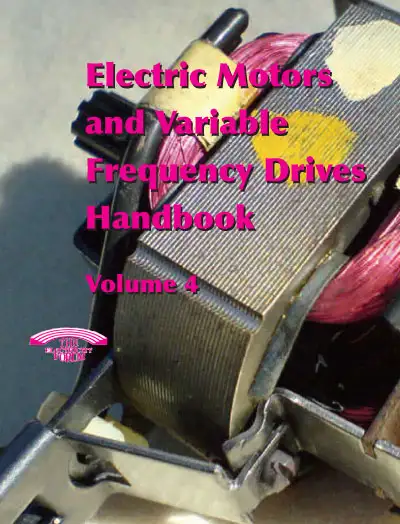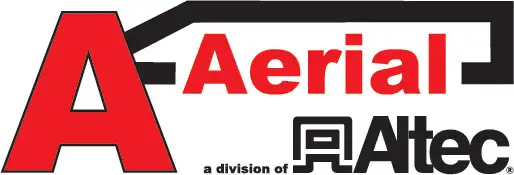NFPA 70E Arc Flash - Workplace Standard
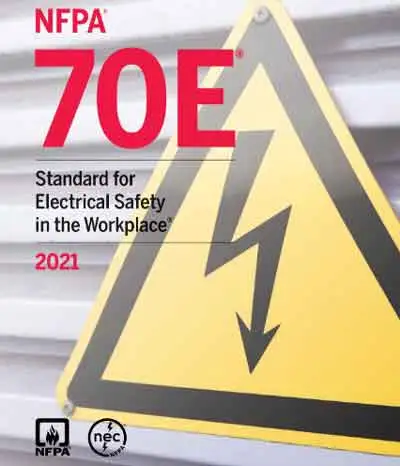
NFPA 70E arc flash (AF) hazards pose a significant risk to workers who work on or near electrical equipment. The standard for electrical safety in the workplace provides guidance on assessing and controlling the risk of incident energy. Employers must identify electrical hazards such as electric shock, establish approach and flash boundaries, provide appropriate personal protective equipment ppe and training, and conduct safety-related work practices according to a supervised electrical safety program so that electrical safe work can be conducted. By following the dictates of the standard, employers can reduce the risk of AF incidents and protect the safety of their employees.
Visit Our NFPA 70e Arc Flash Training Course
Regarding electrical safety in the workplace, one of the most significant hazards is the risk of an AF. An AF is an electrical explosion that can occur when energized equipment or conductors are short-circuited, creating an electric arc. The intense heat and pressure from the arc can cause burns, hearing loss, other serious injuries, and even fatalities. To protect workers from this risk, the National Fire Protection Association (NFPA) has developed standards for electrical safety, including the NFPA 70e.
What is NFPA 70E?
The NFPA 70E standard is a set of guidelines developed by the National Fire Protection Association that establishes the minimum electrical safety specifications for employees who work on or near electrical equipment. These guidelines cover electrical hazards, safe work practices, arc-rated clothing, and other measures to reduce the risk of electrical injuries and fatalities.
What does NFPA 70E cover?
Yes, the NFPA standard covers situations where an arc flash hazard exists and other electrical safety risks, such as shock hazards. The standard establishes specifications for employers and employees to minimize the risk of an AF incident. Employers are responsible for identifying electrical hazards, providing safety training and equipment, and establishing safety procedures. Employees must follow these procedures, wear appropriate AF-rated clothing, and use safe work practices.
What is the NFPA 70E?
The NFPA 70E arc flash standard sets out a range of workplace electrical safety specifications. These include:
Identifying electrical hazards
Employers must conduct a hazard analysis to identify electrical hazards in the workplace, including potential AF hazards.
Establishing approach boundaries: Employers must develop and mark off approach boundaries, the minimum safe distances from which employees can approach energized electrical equipment. These boundaries are determined based on the voltage and type of equipment.
Providing personal protective equipment
Employers must provide appropriate AF clothing to employees who work in areas with potential electrical hazards. This includes arc-rated clothing, gloves, face shields, and other equipment.
Conducting safety-related work practices
Employers must establish and document safety-related work practices for employees who work on or near electrical equipment. These practices include lockout/tagout procedures, grounding procedures, and other measures to reduce the risk of electrical injuries.
Providing electrical safety training
Employers must provide training to employees who work with or around electrical equipment. This training should cover electrical hazards, safe work practices, and flame-retardant clothing.
What are the AF specifications?
To address the risk of AF incidents specifically, the NFPA 70E standard sets out expectations for assessing and controlling AF hazards. These include:
Conducting an AF hazard analysis
Employers must conduct an AF hazard analysis to determine the potential energy level of an AF at each piece of electrical equipment.
Establishing flash boundaries
The AF hazard analysis results are used to establish flash boundaries, which are the safe working distances from the source of an AF. Flash boundaries are marked and communicated to employees.
Labelling equipment
Employers must label electrical equipment with AF warning labels, which provide information about the AF hazard and protective equipment.
Providing arc-rated protective equipment
Employees who work within the flash boundary must wear arc-rated AF clothing appropriate for an AF's potential energy level. In addition, the AF clothing must be tested and rated for AF protection.
Are AF labels required?
Yes, the NFPA 70E standard requires employers to label electrical equipment with AF warning labels. The labels must contain information about the potential energy level of an AF, the fr necessary clothing, and other relevant information. In addition, the labels must be placed in a visible location on the equipment and be easily readable.
At what voltage can an AF occur?
AF hazards can occur at any voltage level, from low voltage to high voltage. The risk of an AF increases as the voltage and current levels increase. Even low-voltage equipment can produce an AF with enough energy to cause serious injury.
How are AF boundaries determined?
AF boundaries are determined through an AF hazard analysis. The analysis considers factors such as the available fault current, the clearing time of protective devices, and the distance from the equipment. The analysis results establish the flash boundary, the minimum safe distance from the source of an AF.
How can I mark off AF boundaries?
AF boundaries must be marked with signs or other means that clearly indicate the boundary location. In addition, the signs must indicate the restricted area and any required fr protective clothing. The signs should be easily visible and readable from a safe distance.
How do I complete an AF hazard analysis?
To complete an AF hazard analysis, an employer must first gather information about the electrical system, including equipment specifications, fault current levels, and protective device settings. Then, using this information, the employer can calculate the potential energy level of an AF at each piece of equipment. Finally, the analysis results establish flash boundaries and flame-resistant clothing.
How do I prevent an AF?
Preventing AF incidents requires a combination of engineering controls, administrative controls, and protective gear. Engineering controls include equipment design, protective devices, and insulation. Administrative controls include safety procedures, training, and hazard assessments. In addition, personal protective equipment, such as arc-rated clothing and gloves, must be worn by employees who work within the flash boundary.
How does an AF occur?
An AF occurs when an electrical fault creates an electric arc between energized conductors or between a conductor and a grounded surface. The arc produces intense heat and pressure, which can cause burns, hearing loss, and other injuries. The risk of an AF increases as the voltage and current levels increase and is also affected by factors such as the type of equipment and the working environment.
EF PARTNER MEDIA
Shared Media

